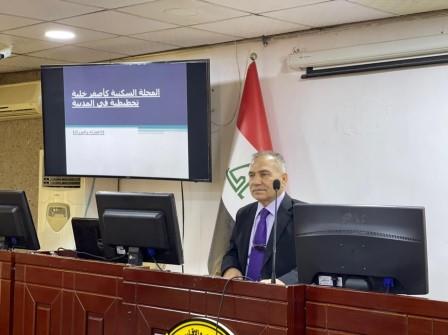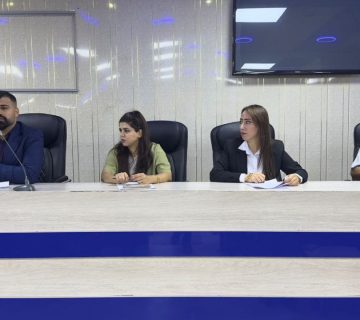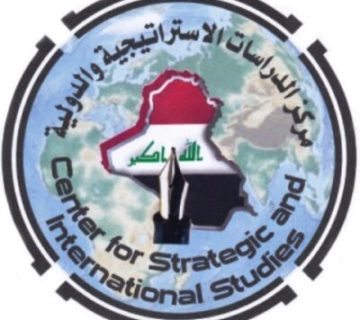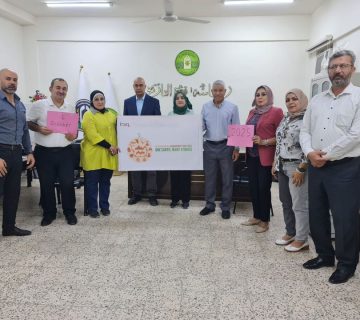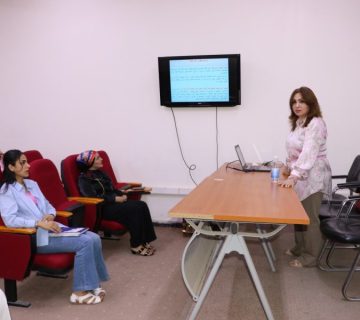The Center for Urban and Regional Planning for Postgraduate Studies at the University of Baghdad held a workshop entitled (The Residential location as the smallest planning cell in the city: considerations and justifications) delivered by the experienced professor Dr. Luay Al-Mulahwaish, in the presence of the dean of the center the assistant rector for administrative affairs, Prof. Dr. Karim Hassan Alwan, as well as the center’s professors and postgraduate students. The workshop dealt with the definition of the residential location as a permanent site and social entity, while the city was defined as an urban population that provides its residents with various benefits and services.
In the workshop, Dr. Luay Al-Mulahwaish referred to the history of the establishment of the residential locality through social thinkers according to the proposals of Clarence Perry in 1929, who determined the characteristics of the neighborhood unit in terms of population, services and others, while Angel Harder presented a comprehensive plan for the residential locality system, which includes the establishment of schools, markets and children’s playgrounds, down to the 21st century, which laid the foundations of the residential locality according to the adoption of a sustainable environment for achieving functional and social balance so as to reach stability and self-sufficiency.
It is noteworthy that the workshop touched on the plans of one of the foreign companies working in the field of housing in Iraq, which relied on the number of family members and the number of residents, in addition to the number of housing units to establish a residential location, while taking into account its determinants based upon the average of 6 people per family, in addition to 2400-3600 people in each residential location, compared to 400-600 housing units in each locality.


